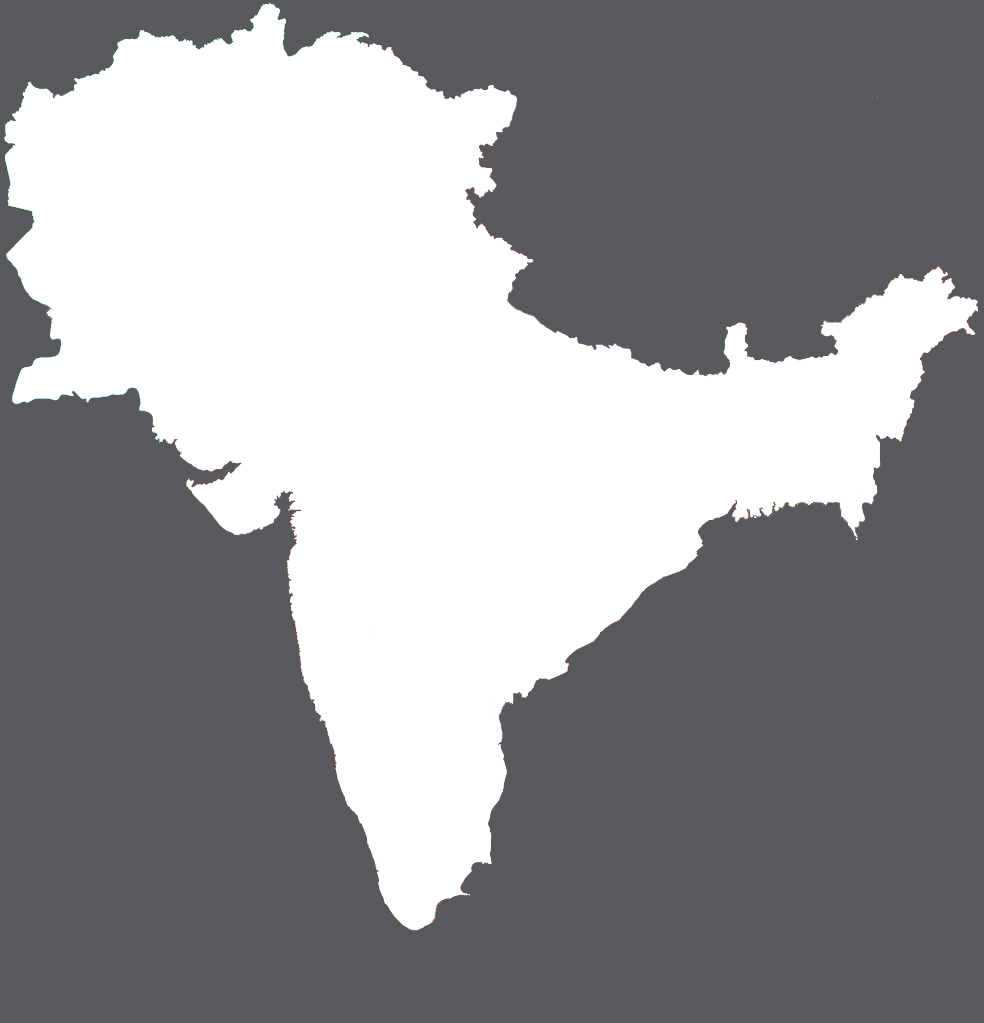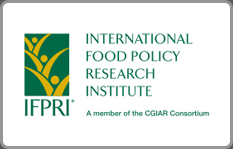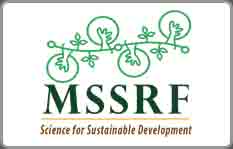Household Approaches to Factors Affecting Nutrition: A Study of Two Indian Districts, Leveraging Agriculture for Nutrition in South Asia
A number of factors affect a household’s nutritional status: food production; access and availability of food; care in the home; health, water, sanitation and hygiene practices; women’s agency and empowerment; and women’s role as primary caregivers. This paper explores these factors at the household level by interviewing 100 women across four rural villages in Bijapur, Karnataka and Sabarkantha, Gujarat.
Situational analysis of pulse production and consumption in India
This paper discusses the importance of encouraging the production and consumption of pulses, given their nutritional benefits, to achieve the Sustainable Development Goal of reducing hunger and poverty as well as promoting health and nutrition. It gives a situational analysis of the production, consumption and prices of pulses. Further, it describes the various government programmes that have been initiated in India since 2000-01 to increase the production of pulses.
Gendered time, seasonality and nutrition: insights from two Indian districts
Some of the key pathways linking agriculture and nutrition run through women’s work, yet the evidence on these links are weak. Using time use data from two Indian districts, this paper seeks to fill this gap. In principle, women’s agricultural work could have positive and negative implications for nutrition, through increased control over incomes resulting in improved diets to intensifying work burdens leading to tensions and trade-offs between their agricultural work and care responsibilities, as well as attention to their own health.







